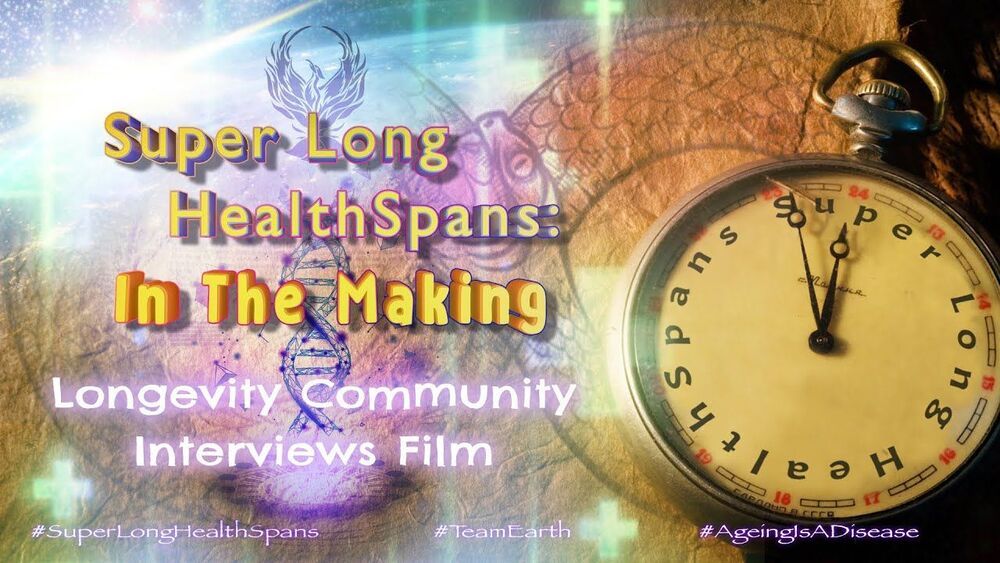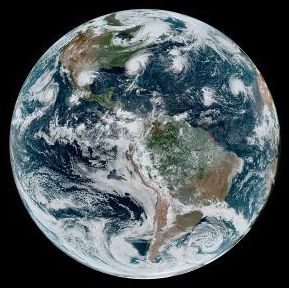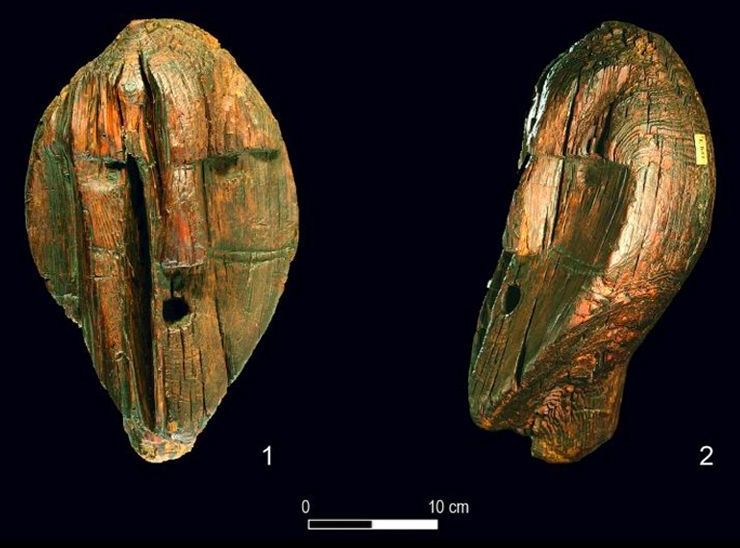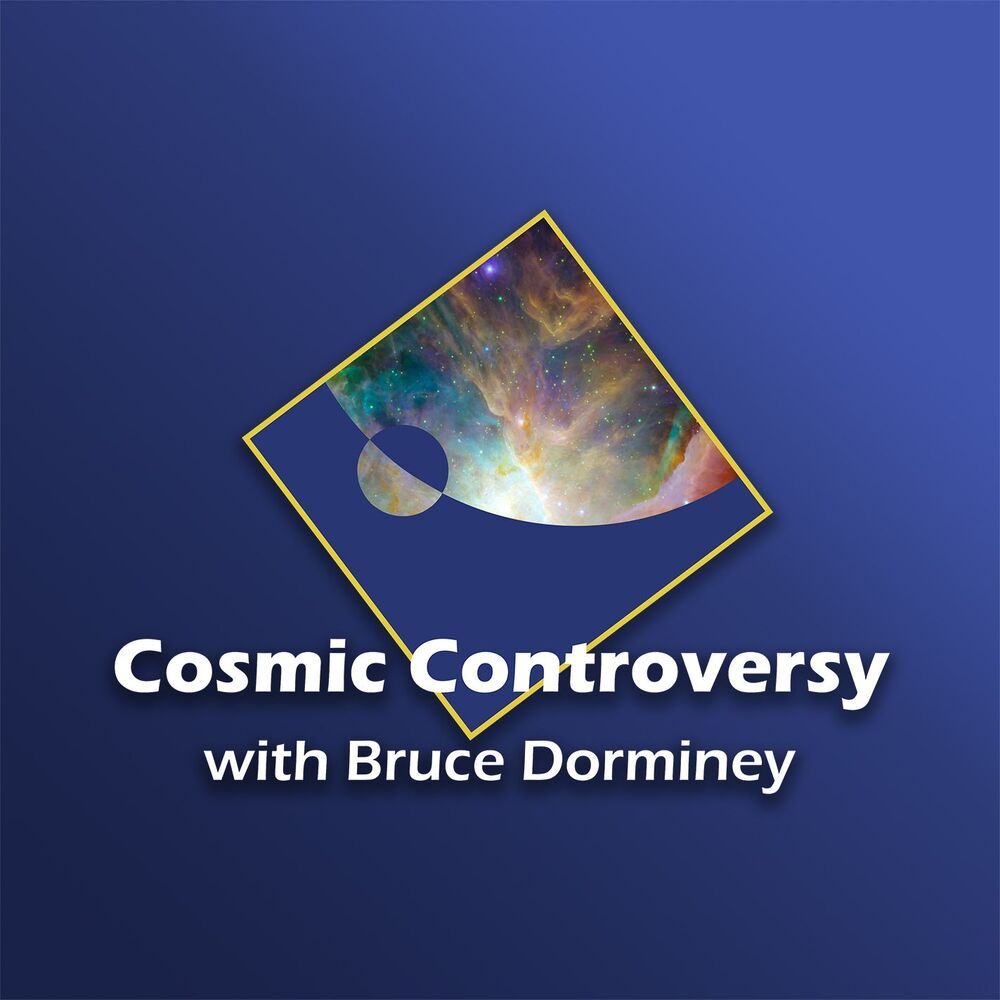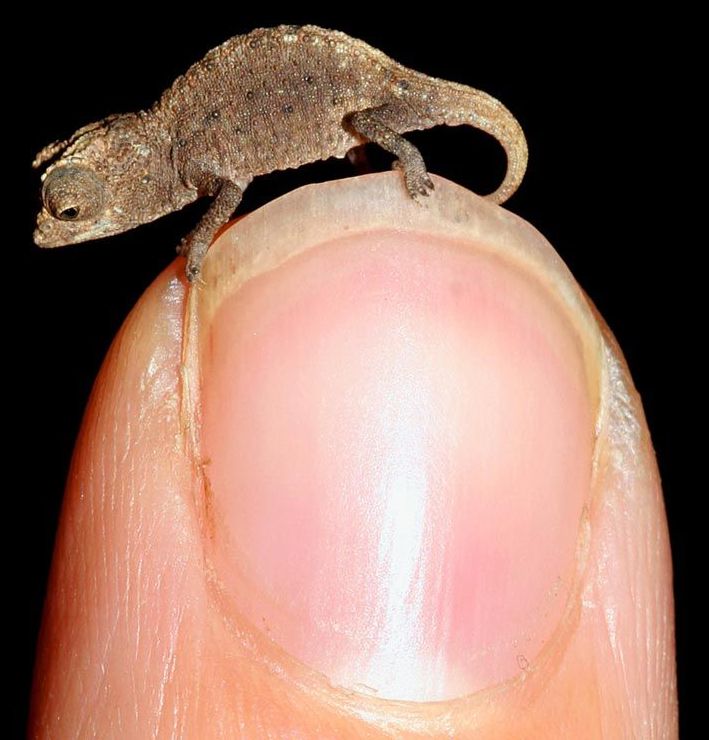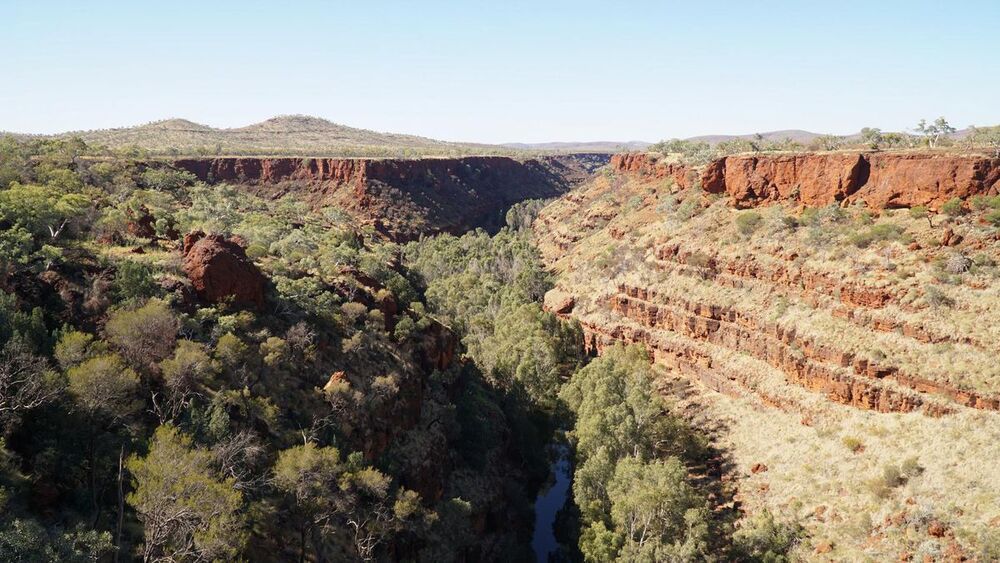0:00 — Title.
0:35 — Into.
1:15 — Super People of The Future.
1:46 — Neal VanDeree ‘Living Long Healthy Lives Will be Possible’ — https://www.churchofperpetuallife.org/ — https://www.youtube.com/user/COPL18
3:24 — Dr. Bill Andrews ‘Super Wonderful Future’ — https://www.sierrasci.com/
6:27 — Selim Bakırcı ‘1000 years long life’
6:58 — Rodrigo Guinea ‘Great Responsibility’ — https://www.linkedin.com/in/rodguinea/
9:22 — Significant Research.
9:40 — Significant Research — Liz Parrish — https://bioviva-science.com/
10:44 — Significant Research — Brent Nally — https://longevityplan.net/ — https://www.linkedin.com/in/brentnally/ — https://www.youtube.com/user/BrentAltonNally.
13:10 — Significant Research — Cain Hillier — https://www.linkedin.com/in/cain-hillier-50571a18a/
14:43 — Significant Research — Chris Curwen — https://www.linkedin.com/in/chris-curwen-67144b169/
17:16 — The Threshold Times.
18:41 — The Threshold Times — Brent Nally.
21:35 — The Threshold Times — Chris Curwen
24:25 — The Threshold Times — Liz Parrish.
26:21 — The Threshold Times — Nicolas Chernavsky
https://www.linkedin.com/in/nicolas-chernavsky-25265835/ — https://www.youtube.com/channel/UCUASjdn96BRlGVytmbDgRRA
27:00 — The Threshold Times — Josh Martin.
27:42 — The Threshold Times — Cain Hillier.
28:50 — The Threshold Times — Vikram Pandya — https://www.linkedin.com/in/vikrampandya/
31:24 — Ageing Is a Disease.
32:49 — Ageing Is a Disease — Neal VanDeree.
34:09 — Ageing Is a Disease — Dr. Bill Andrews.
37:48 — Ageing Is a Disease — Liz Parrish.
39:28 — Ageing Is a Disease — Brent Nally.
42:10 — Ageing Is a Disease — Aaron King.
44:44 — Ageing Is a Disease — Lukas Vismantas — https://www.linkedin.com/in/lukas-vismantas/?originalSubdomain=dk.
46:07 — Ageing Is a Disease — Cain Hillier.
48:02 — Ageing Is a Disease — Chris Curwen.
50:23 — Ageing Is a Disease — Nicolas Chernavsky.
52:49 — The Big Times.
54:40 — The Big Times — Dr. Bill Andrews.
56:52 — The Big Times — Liz Parrish.
59:16 — The Big Times — Brent Nally.
01:03:50 — The Big Times — Nicholas Mohnacky — https://www.bundleiq.com/ — https://www.linkedin.com/in/mohnacky/
01:05:00 — The Big Times — Bolek Kerous — https://www.linkedin.com/in/bolekkerous/ — https://www.youtube.com/channel/UCSpv8MA3xPskco9qdIBeNuQ
01:08:24 — The Big Times — Nicolas Chernavsky.
01:08:58 — The Big Times — Chris Curwen.
01:09:48 — The Big Times — Nicolas Chernavsky.
01:11:19 — The Big Times — Jeremy Rumble — https://www.linkedin.com/in/jeremy-rumble-42910b38/
01:12:22 — The Big Times — Jakub Czubak — https://www.linkedin.com/in/jakub-czubak-603624a9/
01:14:20 — The Big Times — Josh Martin.
01:14:50 — The Big Times — Nicolas Chernavsky.
01:20:15 — The Big Times — Brent Nally.
01:22:09 — Ending.
Omitting natural disasters like an asteroid smashing Earth or a volcano eruption we can say that improving human health and condition is the most important safety case/concern and the fundamental thing to consider and accomplish on our way to be super cosmic humanity. Significant health improvements will free us from all diseases, allow us to develop superhuman intelligence, let us totally self-realize, and consequently, help realize the infinity in the matter for the common good. However intensively we focus on intelligence, it is not possible to experience its natural consequence or the next level of its advancement/evolution if there is no good health. Coherent and consistent collective mind continuum experience is not possible without super health (Healthy life that is free from the danger of uncontrollable death). Our bodies are short-timed and not strong enough to hold up the Earth-Gravity-Geometry sized/adjusted thoughts that are necessary to naturally manage and effectively inhabit our planet.
Our lives often seem to be episodic where the memories and thoughts get lost — one might say that this is the matter of learning and perfecting the mind but this is as far from the truth as big is the number of people who struggle with having a comprehensive perspective, not because of the lack of will to do so but because of the lack of comfort of having good health and life conditions. The comfort of the living space we got ourselves on the planet after the ages of technological developments and evolution is not a direct effect of our intelligence — The main factor for human intelligence is common health. Weak wiring of the nervous system makes it difficult to communicate progress, and therefore, build with the big human intelligence. We need to constructively adjust our metabolic paths, understand and fix our cells, learn to touch and manipulate our DNA, improve internal signaling, and get super healthy if we want to use real great human intelligence to build a wonderful future. The house we can create on the fundaments of super long healthspans will be the first of its kind and magnitude — I hope to give a good vision of the new world in order to get the good motivation to proceed in life and actually get there.
